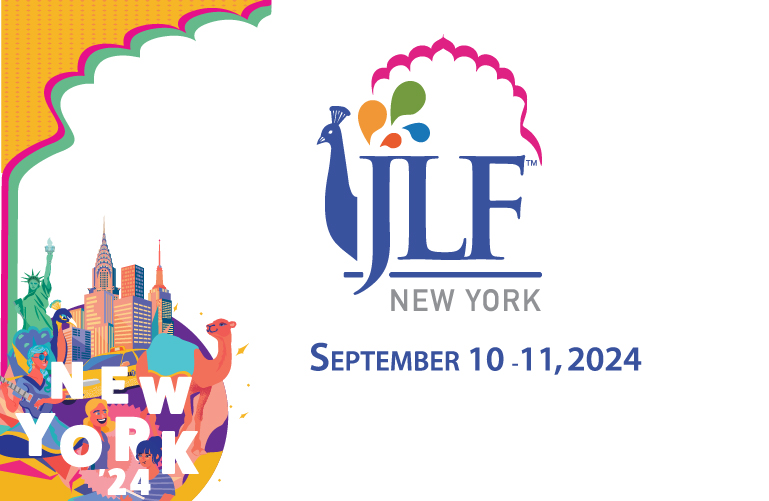


The Feminist Historian’s Craft Evolving Categories of Analysis
“A dialogue between the past and the present”is how the historian E. H Carr defined history. A dialogue that is continuous and ever-changing, this definition acquires a sharper focus when applied to the work of the feminist historian. History as a subject is a most intrusive discipline. It has a way of insinuating itself into the warp and weft of our lives, sometimes consciously, sometimes unconsciously. This notion of “experience”has a particular relevance for the writing of feminist history.
Karen Offen, in her article, “Defining Feminism: A Comparative Historical Approach”suggests that feminism is a concept that can encompass both an ideology and a movement for socio-political change based on a critical analysis of male privilege and women’s subordination in any given society. As a historical movement, feminism has had a turbulent past, going back to the publication of Mary Wollstonecraft’s Declaration of the Rights of Women in 1792. As an ideology, feminism posits gender, or the differential social construction of the behaviours of the sexes based on their physiological difference as the primary category of analysis. In so doing, feminism raises issues that concern personal autonomy or freedom with constant references to basic issues of societal organization and patriarchal thought. Feminism as an ideology has had tremendous impact on the academic world and has spawned an entire range of women’s studies, foremost among which is the writing of feminist history.
Feminist history as conceptualized in the early 1970s was about the recovery of women’s history. In “Creation of Patriarchy”, Gerda Lerner writes, “Women and men have entered historical processes under different conditions and have passed throughout it at different rates of speed. If recording, defining and interpreting the past marks man’s entry into history, this occurred for males in the 3rd millennium B.C. It occurred for women (and only some of them) with a few notable exceptions in the 19th century. Until then, all History was for women Pre-History”.
The writings of the first generation of feminist historians was characterised by its socialist and utopian fervour. Heirs to the political tradition of the feminist movement that had gone before, with its Marxian and radical legacies, the generation of the ’70s was convinced about the possibility of a socialist feminist politics and a socialist feminist history. They believed that women suffered from class oppression in the public sphere and from the institution of patriarchy in the private sphere. They thus felt that cultural institutions like the family and the household needed to be studied. The passion for the recovery of women’s past was intricately linked to feminist politics of the ’70s. Women’s history was deemed indispensable to the emancipation of women.
Feminist history after its first phase, shifted its emphasis from being thought of as a part of a political movement towards being thought about it as an academic subject. From a broad historical sweep, it focussed its attention on particular historical moments. Feminist historians focussed on four primary areas of investigation. The first of these is work which is defined as not merely work for wages, but includes all productive endeavours, whether or not directly recompensed. The second is family, which includes patterns of household organization and their relation to economic and political structures. The third area is politics - both formal and informal political movements and activities. The final area is ideology/culture/religion - how these impact women, how women participate in these and the ways in which they shape male-female interactions and the roles of men and women in society.
In the late 20th century, “difference”became an important category of analysis for feminism and feminist history in the wake of the developing feminist movement across nations and cultures; Saussurian linguistics, Lacanian psychoanalysis, Foucauldian discourse of power, and the developments in anthropology, linguistics, literary criticism, post-structuralism and deconstruction. Describing difference establishes social distinction as social facts; analyzing the history by which the differences have been produced disrupts their fixity as enduring facts and recasts them (and the social hierarchies they organize) as the effects of contingent and contested processes of change. Describing difference among women establishes the fact of separate identities, but also raises the issue of the relational nature of difference. Identity did not inhere in one’s body or nationality but was produced discursively by contrasts with others. And these contrasts have a history. Identity, whether that of a nation, a class or a person is an arena mediated by the discursive power axes of gender, class, ethnicity and difference.
The work of the feminist historian thus shows an increasing refinement of analysis and an ever broadening horizon. Feminist history has come a long way from “retrieving women in history”. Rewards reaped from a struggle with mute and intractable sources, painstaking research and deepening insights that have slowly percolated into economic and demographic history, resulted in crafting a discipline with forms of analysis that are distinctly feminist. As is evident from the type of questions asked, the kind of material invoked as sources, the methodologies used and the scope and sophistication of analytical approaches adopted, feminist history has moved onto the frontiers of progressive historical writing.

Leave a comment